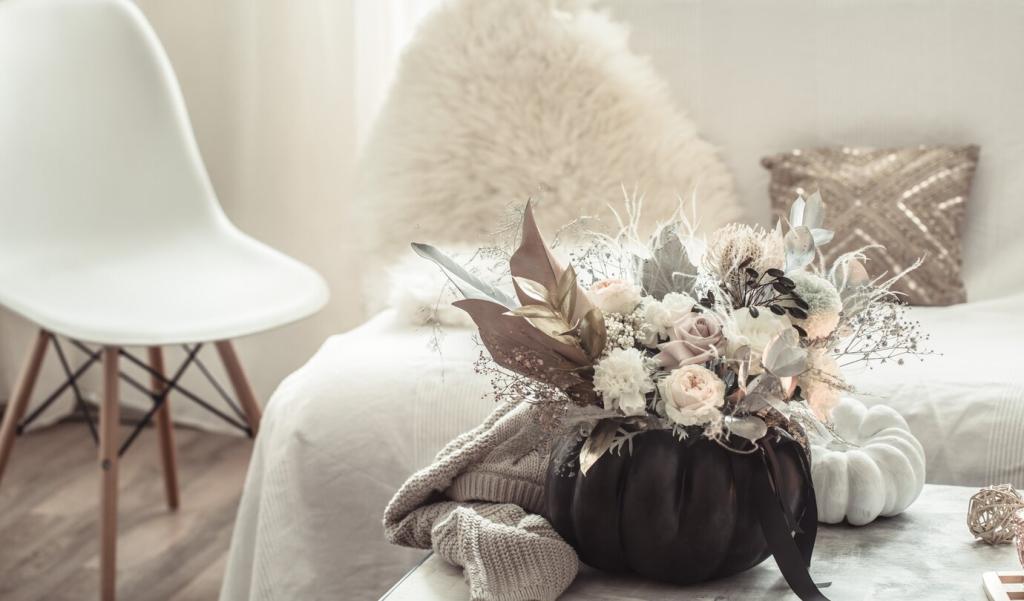
The Art of Mindful Interior Design: Tips and Inspirations
Mindful interior design is more than a trend—it is a movement towards creating spaces that nurture well-being, foster focus, and positively impact daily life. By intentionally crafting your environment with purpose and awareness, you can transform any room into a sanctuary of calm, function, and beauty. This approach not only enhances the visual appeal of your home but also supports your mental and emotional health. In the following sections, we explore core principles and actionable inspiration for infusing mindfulness into every corner of your living space.
Foundations of Mindful Interior Design
Thoughtful space planning is the cornerstone of mindful design. It goes beyond simply fitting furniture in a room; it involves understanding the flow of movement, identifying areas for activity and rest, and ensuring that each element serves a clear purpose. This intentional approach reduces visual clutter and supports a more harmonious living experience. By mindfully mapping out your layout, you can cultivate openness, encourage social connections, and carve out quiet nooks for solitary rejuvenation, ultimately creating a balanced and inviting home environment.
Welcoming Natural Elements
Incorporating elements from nature is a powerful way to ground your living space and introduce a sense of tranquility. Materials like wood, stone, and natural fibers bring warmth and texture, blurring the boundary between indoors and outdoors. Plants not only purify the air but also offer visual serenity, encouraging mindfulness and a sense of ongoing growth. By inviting the outdoors inside, you reconnect with nature’s rhythms and cultivate a deeper sense of peace and groundedness in daily life.
Personalized Comfort Zones
A mindful interior is incomplete without dedicated areas for relaxation and restoration. Whether it’s a cozy reading chair by a window, a meditation corner filled with plush cushions, or a soothing bath retreat, these personalized zones offer daily reprieve from stress. Thoughtful layering of textiles, subtle fragrances, and soothing sounds create multisensory comfort that nurtures well-being. By prioritizing comfort and carving out special spaces for self-care, your home naturally supports emotional resilience and mindfulness.
Facilitating Meaningful Gatherings
Mindful design extends to how spaces encourage interaction and togetherness. Arranging furniture to foster conversation while allowing for openness and flow can turn even small rooms into welcoming gathering spots. Thoughtful touches—like a communal dining table or a living room with inviting seating—help cultivate a sense of belonging and connection. By designing with intention for both solitude and community, you ensure your home is a supportive backdrop for nurturing relationships and shared experiences.
Encouraging Presence
Design decisions that reduce distractions and support presence are integral to mindful living. This might include limiting electronic devices in certain rooms, choosing artwork that evokes calm, or arranging furniture to minimize interruptions. Simple rituals, like placing a meditation cushion in view or keeping a gratitude journal on the nightstand, encourage daily moments of reflection. By creating spaces that invite stillness and awareness, you foster a deeper connection to the present and a more intentional way of living.
Designing for Rituals and Routines
Spaces that support meaningful routines make it easier to integrate mindfulness into daily life. Whether it’s a kitchen setup that inspires healthy cooking, a yoga nook bathed in natural light, or a calming entryway to pause before leaving home, these dedicated areas reinforce positive habits. Thoughtful organization ensures that everything you need for your routine is within reach, reducing friction and supporting consistency. Through purpose-driven design, your environment becomes an ally in building routines that enhance well-being.
Visual Reminders of Intention
In mindful interiors, visual cues play an important role in anchoring your purpose. This could be as simple as displaying meaningful objects, such as a vision board, family photos, or inspirational quotes, that reflect your values and goals. When you encounter these reminders throughout your day, they gently guide your attention back to what truly matters. Over time, these intentional touches foster greater self-awareness and alignment between your environment and your aspirations.
Join our mailing list
